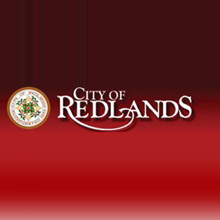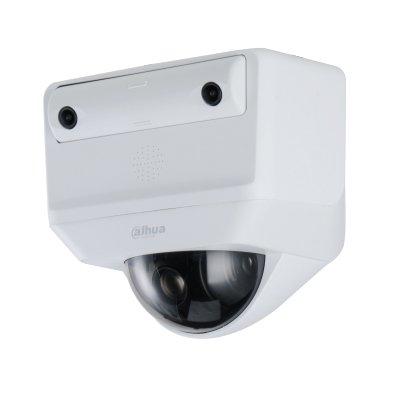 |
| The new web-based interface system gives Redlands tighter control over its multiple hangars |
The Situation
Redlands Municipal Airport has been serving the area’s aviation community since 1947. The general aviation airport spans 180 acres and serves more than 31,000 flights per year. A rash of avionics thefts prompted city officials, led by assistant public works director and airport manager Tom Fujiwara, to seek an affordable method to more effectively secure the expansive facility.
The Challenge
Fencing and two access gates controlled access to hangars and other restricted areas of the field. The gates were controlled by a standard non-networked card access system. A user could access the airport by inserting a card into the reader, which opened the entrance gate. Unfortunately, this traditional, non-networked electronic access control (EAC) system provided no intelligence about who entered the gates and at what time. The system provided precious little useable data to support investigative or forensic efforts surrounding the avionics thefts.
Fujiwara faced several other challenges. The Redlands Public Works and Police Departments needed to manage and monitor the access control system even though their combined operations center is six miles from the airport. Significantly, the airport is situated on an old rock quarry — making trenching out of the question.
The Solution
Fujiwara selected Ultra-Safe Security to perform Redlands’ security upgrade. Ron Lander, Ultra-Safe’s president, was able to overcome the location’s design challenges by installing two wireless control panels, each outfitted with In and Out readers. The use of wireless control panels meant that no new trenching was needed. Such an installation plan enabled the airport to be operational throughout the four-week security upgrade.
“Brivo’s notification rules were also helpful for the airport by having the system page or email the administrator whenever someone entered or exited the location” |
Another plus from the new system was the Web-based interface. This gave Redlands tighter control over their multiple hangars. The system’s ability to immediately register all activities and provide a digital audit trail — from routine access to failed attempts — and display them in a Web browser or text message meant that Fujiwara’s eyes and ears were never more than a few seconds away from the activity at any gate. “If a location is experiencing theft in a specific area, like the Redlands airport was, the access administrator could examine the logs and through a process of elimination determine the identity of the culprit. Brivo’s notification rules were also helpful for the airport by having the system page or email the administrator whenever someone entered or exited the location,” noted Lander.
The Highlights
- With Brivo’s wireless control panels, the airport did not need to trench to network all access point giving Redlands a savings of over $10,000 and taking only four weeks of installation for the whole security upgrade, with no disruption to operations. Less up-front cost allowed city to keep more working capital in their pocket.
- Effective remote administration of the entire system improved event management and responsiveness by Redlands Public Works and Police Departments and saved considerable money in utilising existing infrastructure.
- The Web-based interface’s digital audit trail and the instant email notifications of all gate/user events helped to eliminate theft of avionics equipment from airport property. There have been no equipment thefts since the Brivo ACS was implemented.
- Brivo’s centrally hosted service eliminated the need for expensive IT resources to maintain the system and the networking infrastructure.
















